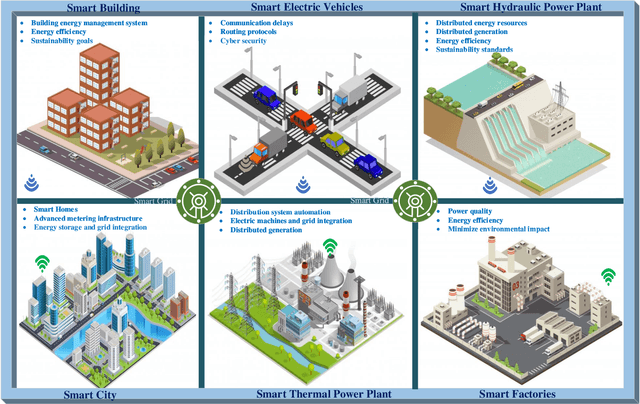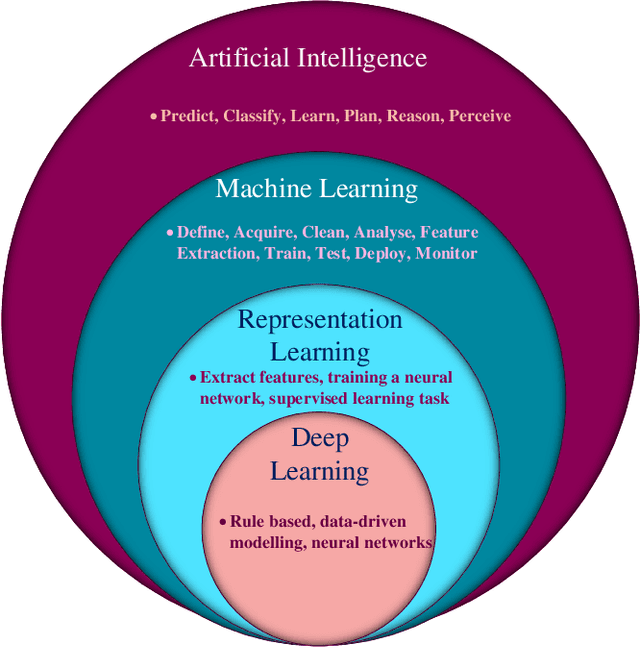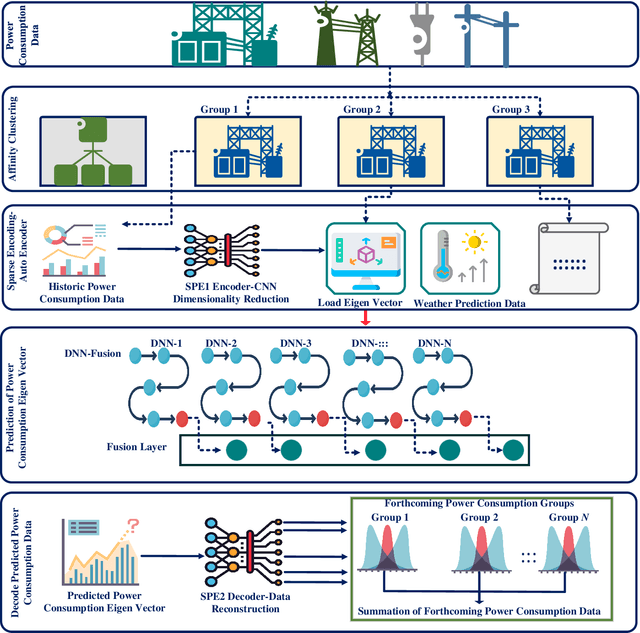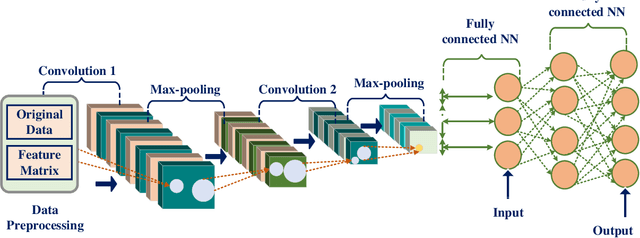Neelu Khare
A Comprehensive Analysis of Blockchain Applications for Securing Computer Vision Systems
Jul 13, 2023Abstract:Blockchain (BC) and Computer Vision (CV) are the two emerging fields with the potential to transform various sectors.The ability of BC can help in offering decentralized and secure data storage, while CV allows machines to learn and understand visual data. This integration of the two technologies holds massive promise for developing innovative applications that can provide solutions to the challenges in various sectors such as supply chain management, healthcare, smart cities, and defense. This review explores a comprehensive analysis of the integration of BC and CV by examining their combination and potential applications. It also provides a detailed analysis of the fundamental concepts of both technologies, highlighting their strengths and limitations. This paper also explores current research efforts that make use of the benefits offered by this combination. The effort includes how BC can be used as an added layer of security in CV systems and also ensure data integrity, enabling decentralized image and video analytics using BC. The challenges and open issues associated with this integration are also identified, and appropriate potential future directions are also proposed.
Deep Learning for Intelligent Demand Response and Smart Grids: A Comprehensive Survey
Jan 20, 2021



Abstract:Electricity is one of the mandatory commodities for mankind today. To address challenges and issues in the transmission of electricity through the traditional grid, the concepts of smart grids and demand response have been developed. In such systems, a large amount of data is generated daily from various sources such as power generation (e.g., wind turbines), transmission and distribution (microgrids and fault detectors), load management (smart meters and smart electric appliances). Thanks to recent advancements in big data and computing technologies, Deep Learning (DL) can be leveraged to learn the patterns from the generated data and predict the demand for electricity and peak hours. Motivated by the advantages of deep learning in smart grids, this paper sets to provide a comprehensive survey on the application of DL for intelligent smart grids and demand response. Firstly, we present the fundamental of DL, smart grids, demand response, and the motivation behind the use of DL. Secondly, we review the state-of-the-art applications of DL in smart grids and demand response, including electric load forecasting, state estimation, energy theft detection, energy sharing and trading. Furthermore, we illustrate the practicality of DL via various use cases and projects. Finally, we highlight the challenges presented in existing research works and highlight important issues and potential directions in the use of DL for smart grids and demand response.
 Add to Chrome
Add to Chrome Add to Firefox
Add to Firefox Add to Edge
Add to Edge